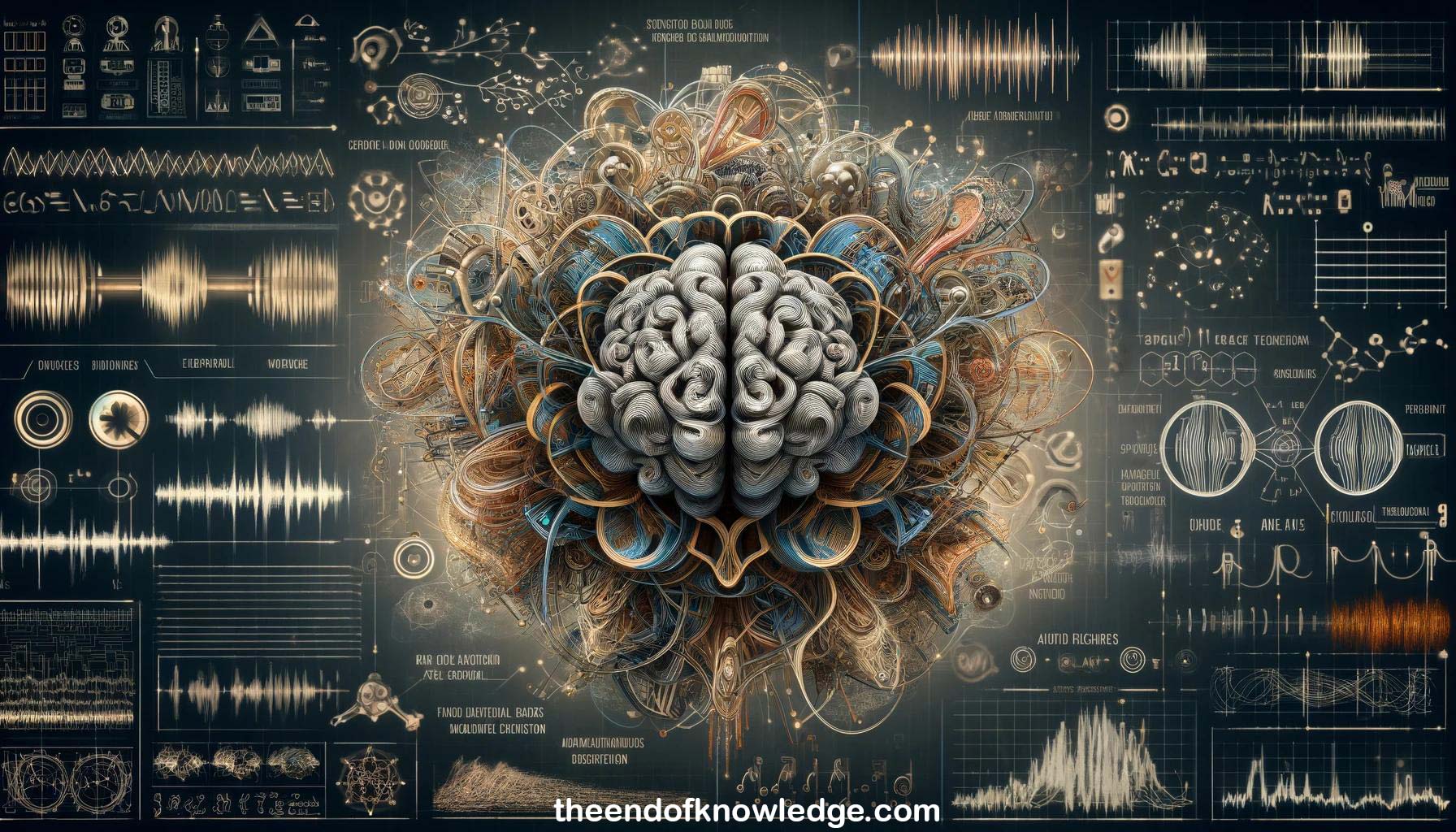 >
>
Concept Graph & Resume using Claude 3 Opus | Chat GPT4 | Gemini Adv | Llama 3:
Resume:
1.-Speech recognition involves reducing high-rate speech signal to low-rate speech sounds, requiring knowledge from data and textbooks.
2.-Early recognizers used knowledge-based rules or data-driven templates, with data-driven approaches dominating since the 1970s.
3.-Stochastic approach uses Bayes' rule with likelihoods trained on acoustic data and prior probabilities from language data.
4.-Architecture and feature representation are key design choices. Raw speech vs biologically-inspired auditory models considered.
5.-Filtering and smoothing spectra using aspects of human hearing like critical bands and loudness compression helps normalize speaker differences.
6.-Estimating parameters of auditory processing from speech data, not just textbooks, is important. Speech may have evolved to match hearing.
7.-Removing slow spectral variations, similar to cortical processing, helps reduce effects of different frequency responses.
8.-Data-driven discriminative spectral basis using linear discriminant analysis revealed decreasing frequency resolution with increasing frequency, matching human hearing.
9.-Neural networks are useful for deriving small, efficient feature sets like posterior probabilities of speech sounds.
10.-Posterior probabilities can be used directly in hybrid recognition or converted to normally-distributed features for conventional recognizers.
11.-Convolutional nets with shared weights in initial layers learn general auditory filterbank features from data.
12.-Physiological recordings show cortical receptive fields selective to different frequencies, temporal resolutions, and spectral resolutions.
13.-Principal components of receptive fields do bandpass filtering and span 3 critical bands spectrally, as seen in engineered features.
14.-Auditory system maintains information rate by increasing number of neurons as firing rates decrease in higher areas.
15.-Hearing may derive multiple representations of varying sparsity and time scale to pick the most useful one for a situation.
16.-Adapting to unknown situations by monitoring agreement between multiple representations and picking reliable ones is promising.
17.-Deriving reusable knowledge, not just classification boundaries, from training data is important to avoid redundant learning of common sense.
18.-Speech recognizers should use deep, long time spans, and multiple wide parallel representations to handle real-world complexity.
19.-Recurrent networks are a natural way to model long time dependencies in speech spanning at least a segment length.
20.-Cortical representations progress from acoustic features to phonetic features to phonemes to syllables and words at different levels.
21.-Some success reconstructing auditory neural responses from learned sparse representations, similar to vision research.
22.-PCA is a linear approximation, while non-linear ICA and sparse coding may better match auditory system.
23.-Dealing with unknown words/languages/environments not seen in training is a key open problem in speech recognition.
24.-Successfully detecting out-of-vocabulary words would itself be very useful for speech recognizers to handle the unknown.
25.-Sensory systems seem to use multiple parallel representations to extract useful stimulus features and adapt to new situations.
26.-Learning high-level abstractions applicable to many prediction problems may help systems deal with changing environments.
27.-Experimentally investigating parallel representations racing to provide useful features seems promising and consistent with neuroscience.
28.-Machine learning often assumes future data will match past training data, but this is a concerning limitation.
29.-Having systems detect when data/environments have changed from training conditions is an important machine learning problem to address.
30.-The speaker hopes the ML community will work on principled ways to handle unfamiliar data that doesn't match training sets.
Knowledge Vault built byDavid Vivancos 2024